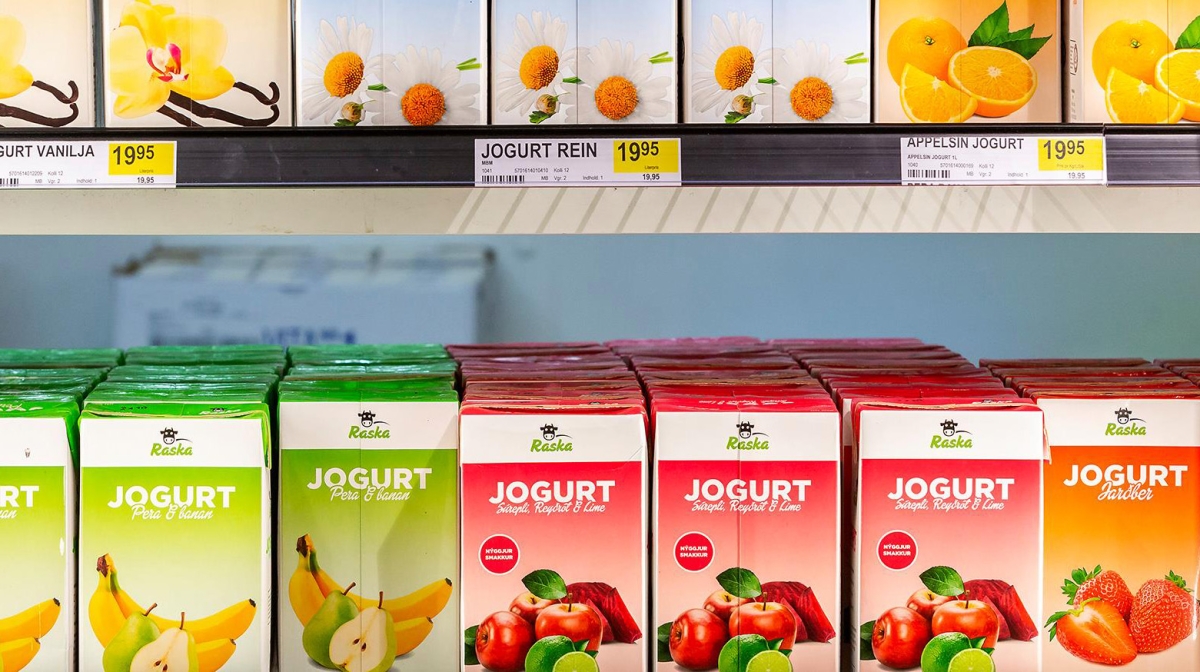Consumer price index
19. Jan 2023
Inflation rate rises to 10.1%

The Consumer Price Index (CPI) measures inflation as experienced by Faroese households in their daily living expenses. The latest figures are from November 2022.
[px-graph-1]
Higher prices across all main categories
The Consumer Price Index (CPI) consists of 12 main categories of goods and services. Prices went up across all 12 main categories in 2022. The 10.1% inflation rate in November is the highest rate in 40 years. The annual inflation rate in the previous quarterly CPI report from August was 8.8%.
[px-graph-2]
Prices of food and non-alcoholic drinks rose by 13.3%
Food and non-alcoholic drinks make up the largest portion of the average Faroese household. The annual price increase of 13.3% in this category has had the greatest overall effect on the CPI in the past year. This figure has risen by almost 4% since the August CPI report.
[px-graph-3]
Within the food category, butter, margarine and cooking oil have seen the highest price hikes, going up by 30% in the past year. Meat prices have increased by 17%. Prices of bread, cereals, milk, cheese and eggs have also risen significantly. Coffee, tea and cocoa now cost almost 20% more than a year ago.
[px-graph-4]
All food categories have seen higher prices in the past year, but prices of sugar and candy have had a relatively modest increase of 5%. Relatively speaking, sweets and soft drinks are now the cheapest food products.
Biggest price increase in heating fuels
Households spent 18% more on fuels for household heating in November 2022 than in November 2021. This increase is, however, lower than the one in the quarterly CPI report from May. Rent and fuels for household heating have the greatest effect on the housing category.
The substantial price hikes in fuel for household heating, which started in 2021, continue to affect the annual CPI changes.
[px-graph-7]
The November CPI report reveals that mortgages have become more expensive. This is the first interest expense index increase in more than a decade. Electricity prices have remained unchanged in the past year.
[px-graph-5]
Inflation rate similar to other Nordic countries
In November, Denmark had an annual inflation rate of 8.9%, which is slightly lower than the Faroese rate. Iceland and Finland recorded rates of 9.3% and 9.1%, respectively. Sweden’s rate was 11.5%, and the EU inflation rate was 11.1%. Note that the EU inflation rate is based on the HICP index (the Harmonised Indices of Consumer Prices), which means that rental prices are not included. Norway had an inflation rate of 6.5%, which is among the lowest in Europe.
[px-graph-6]
The Faroese CPI rose by 1.9% from August to November 2022, having risen 1.7% from May to August. Denmark, Norway and Iceland, on the other hand, saw higher CPI growth from May to August 2022 than from August to November 2022.